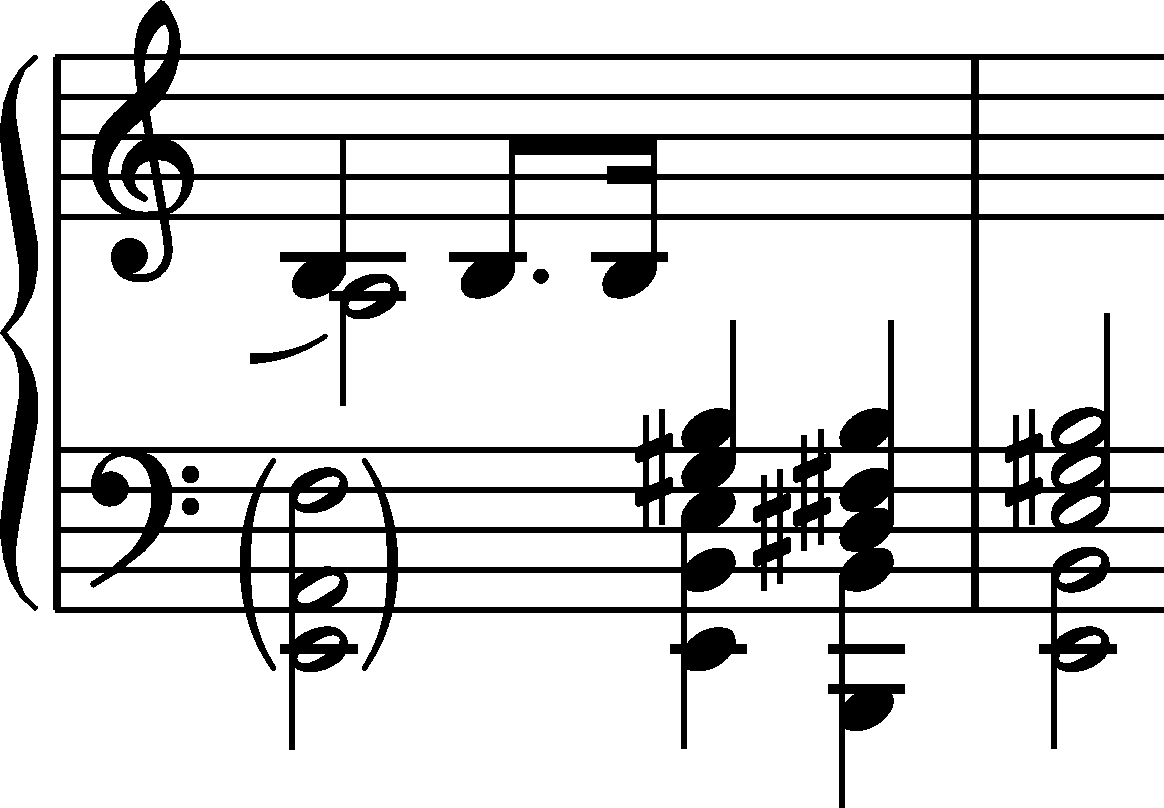



Issues : Chopin's hesitations
|
b. 21
|
composition: Op. 25 No 1, Etude in A♭ major
..
Chopin changed the lowest note of the 3rd sextuplet in the R.H. twice:
category imprint: Differences between sources; Corrections & alterations |
|||||
|
b. 21-23
|
composition: Op. 64 No 1, Waltz in D♭ major
..
Already in As, Chopin wrote two versions of accompaniment in these bars and in bar 24, however, it is not clear how he planned to use them. Eventually, in all later sources they were used to diversify the repeating figures through differentiation of the part of the L.H. in bars 21-24 and 29-32. The presentation autographs and the published version differ, however, in the order of appearance of both versions – apart from minor details, AI, AII and AIII first include the "tenor" version, which in A (→FE→GE,EE) appears only as the second.
In the main text we add a cautionary category imprint: Differences between sources; Corrections & alterations issues: Chopin's hesitations , Accompaniment changes |
|||||
|
b. 21-24
|
composition: Op. 64 No 1, Waltz in D♭ major
..
In the version with the bass line, led with minims in the tenor register, Chopin wrote rests for the top voice of the L.H. (over the minims) only in one of the autographs – AII. category imprint: Differences between sources; Corrections & alterations issues: Chopin's hesitations |
|||||
|
b. 21-23
|
composition: Op. 64 No 1, Waltz in D♭ major
..
Chopin did not pay special attention to cautionary flats before the e category imprint: Differences between sources; Corrections & alterations issues: EE revisions , Chopin's hesitations , Errors in GE , GE revisions , Cautionary accidentals |
|||||
|
b. 21
|
composition: Op. 28 No. 2, Prelude in A minor
..
The crossings-out visible in As reveal that the bottom voices of the chords in the 2nd half of the bar were changed twice. The initial version, which was crossed out, continued the previous harmonic filling of b. 19-21 (see the note in b. 19): category imprint: Differences between sources; Corrections & alterations issues: Chopin's hesitations , Accompaniment changes |


 1 in
1 in 



 e
e

 . Having forgone the accompaniment in the preceding bars, Chopin also crossed out the bottom notes of the crotchet chords, which resulted in a precise gradation of the number of voices: from one in b. 20, through two in the 1st half of b. 21, three and four in the 2nd half, to five and six in b. 22. In the final version, that effect was abandoned in favour of a bass line referring to the quaver figures in b. 18-19, like they refer – also preceded by a rest – to b. 15-16.
. Having forgone the accompaniment in the preceding bars, Chopin also crossed out the bottom notes of the crotchet chords, which resulted in a precise gradation of the number of voices: from one in b. 20, through two in the 1st half of b. 21, three and four in the 2nd half, to five and six in b. 22. In the final version, that effect was abandoned in favour of a bass line referring to the quaver figures in b. 18-19, like they refer – also preceded by a rest – to b. 15-16.